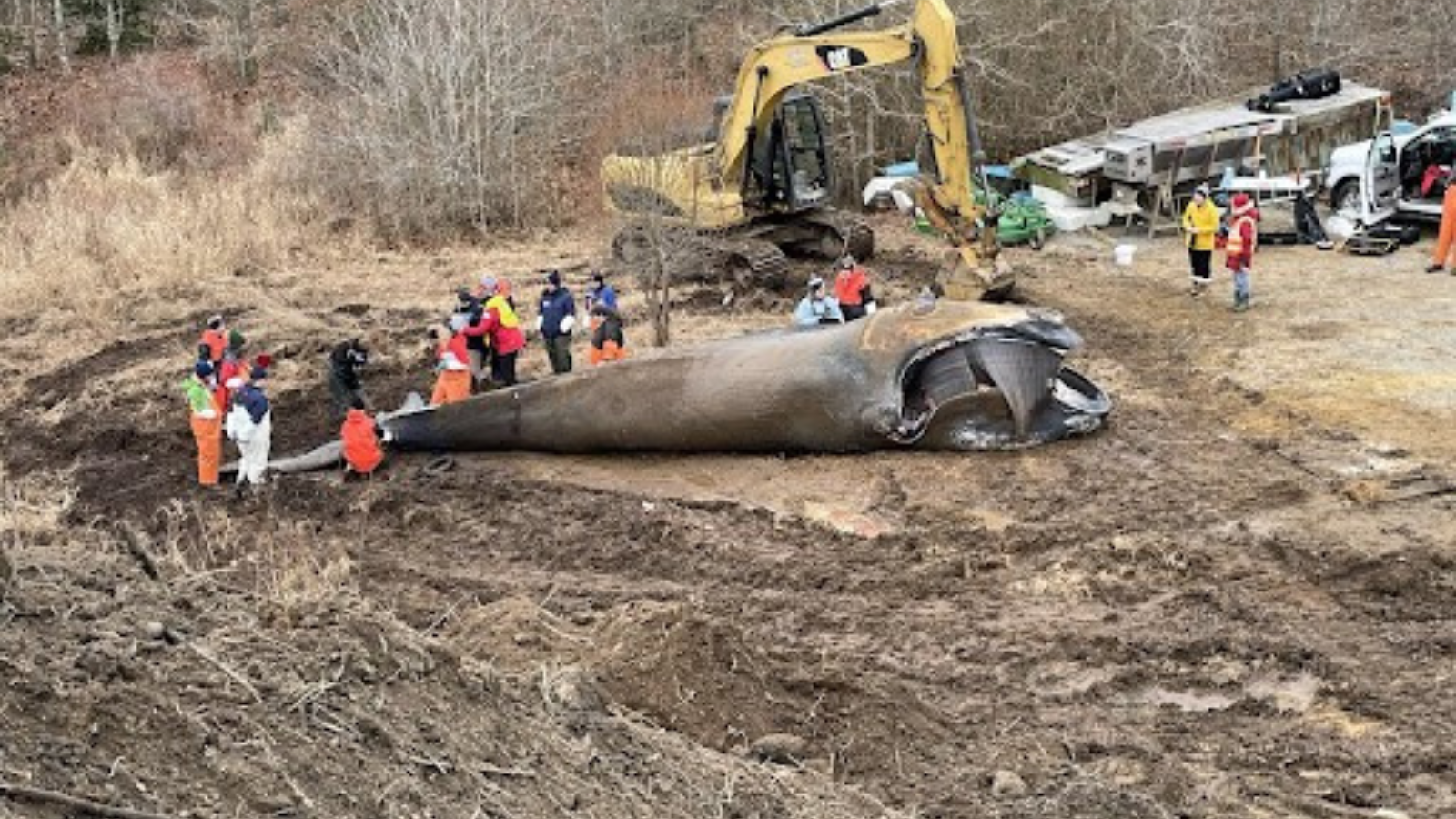
Stellwagen Bank missed an opportunity to protect whales and cod
The recent, unambitious plan for the sanctuary at Stellwagen Bank highlights a bigger problem for U.S. ocean conservation
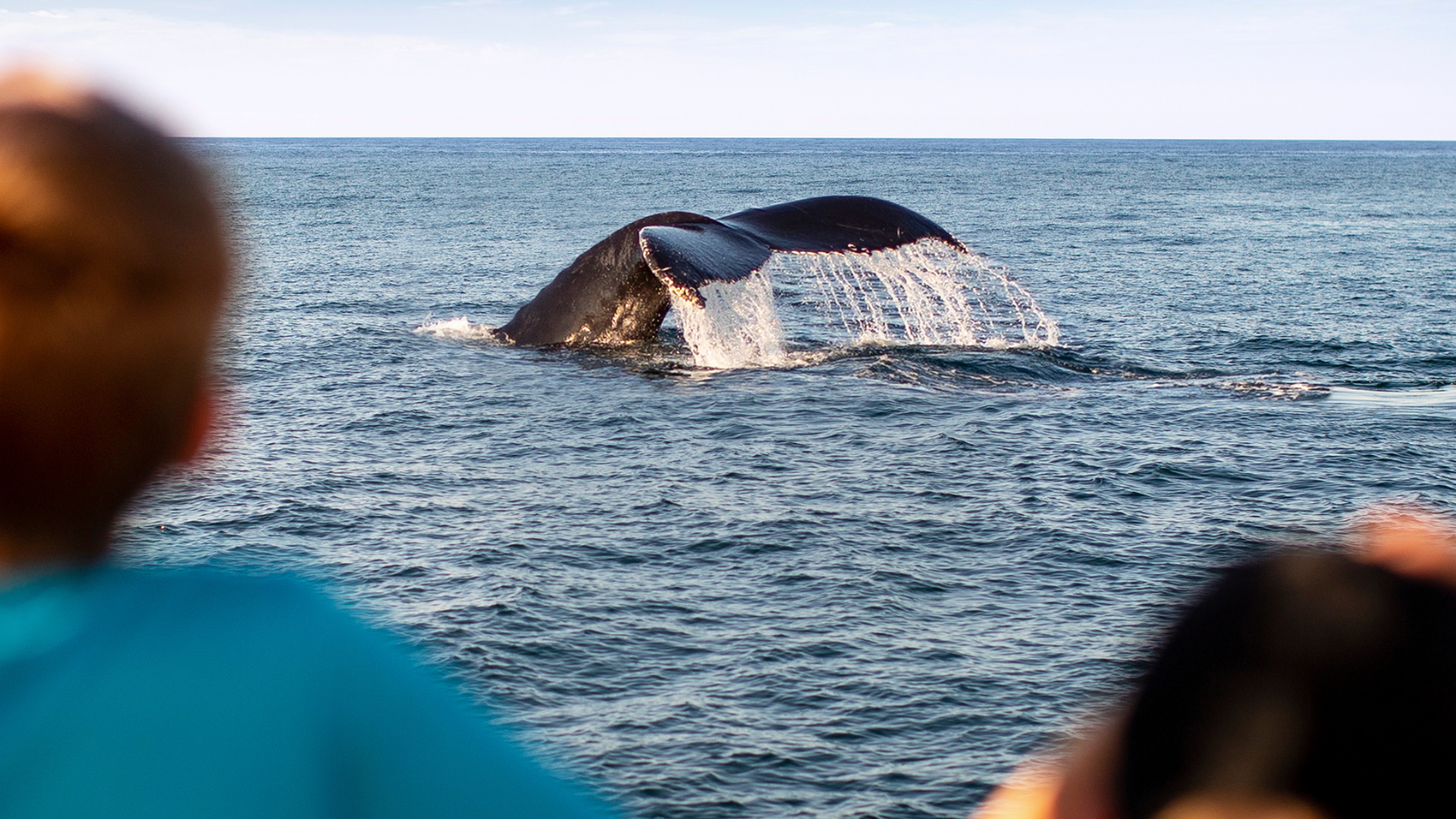
For the whales that call Stellwagen Bank home, the day-to-day din of ocean noise is getting too loud to communicate–and they shouldn’t expect the volume to come down anytime soon.
An ocean oasis
Stellwagen Bank may not be a household name, but for the whales and seabirds of the North Atlantic, it was a haven: the underwater rise, located a bit more than 20 miles off the coast of Boston, boasts one of the most biologically diverse ecosystems in the Gulf of Maine. The area is home to nearly 600 different species of ocean life, including blue, humpback and North Atlantic right whales, four different species of sea turtle and seabirds such as the Atlantic puffin.
The Bank is also home to key prey fish, like sand lance and herring, which form the basis for this abundant ecosystem. These small fish are favorites of large whales and small seabirds alike.
This bounty was what led lawmakers to create the Stellwagen Bank National Marine Sanctuary in 1992. The goal: protect the wildlife of Stellwagen in perpetuity.
Extra protections were in order: The Bank’s abundance made it a very popular fishing spot and a destination for whale watching. Its location near the port of Boston exposed its wildlife to the noise and boat strikes of shipping.
A Sanctuary would allow the government to better understand the impacts of these activities on the area’s wildlife and balance and mitigate these impacts to create better conservation outcomes for the whales, seabirds and fish that depended on this vibrant ecosystem.
But 30 years later, Stellwagen Bank’s sanctuary designation hasn’t returned the ecosystem to full health. Instead, the Sanctuary’s own research has highlighted the continued decline of habitat health and listed out the threats facing its wildlife.
Why is a place called a marine sanctuary failing to adequately protect its most at-risk residents?
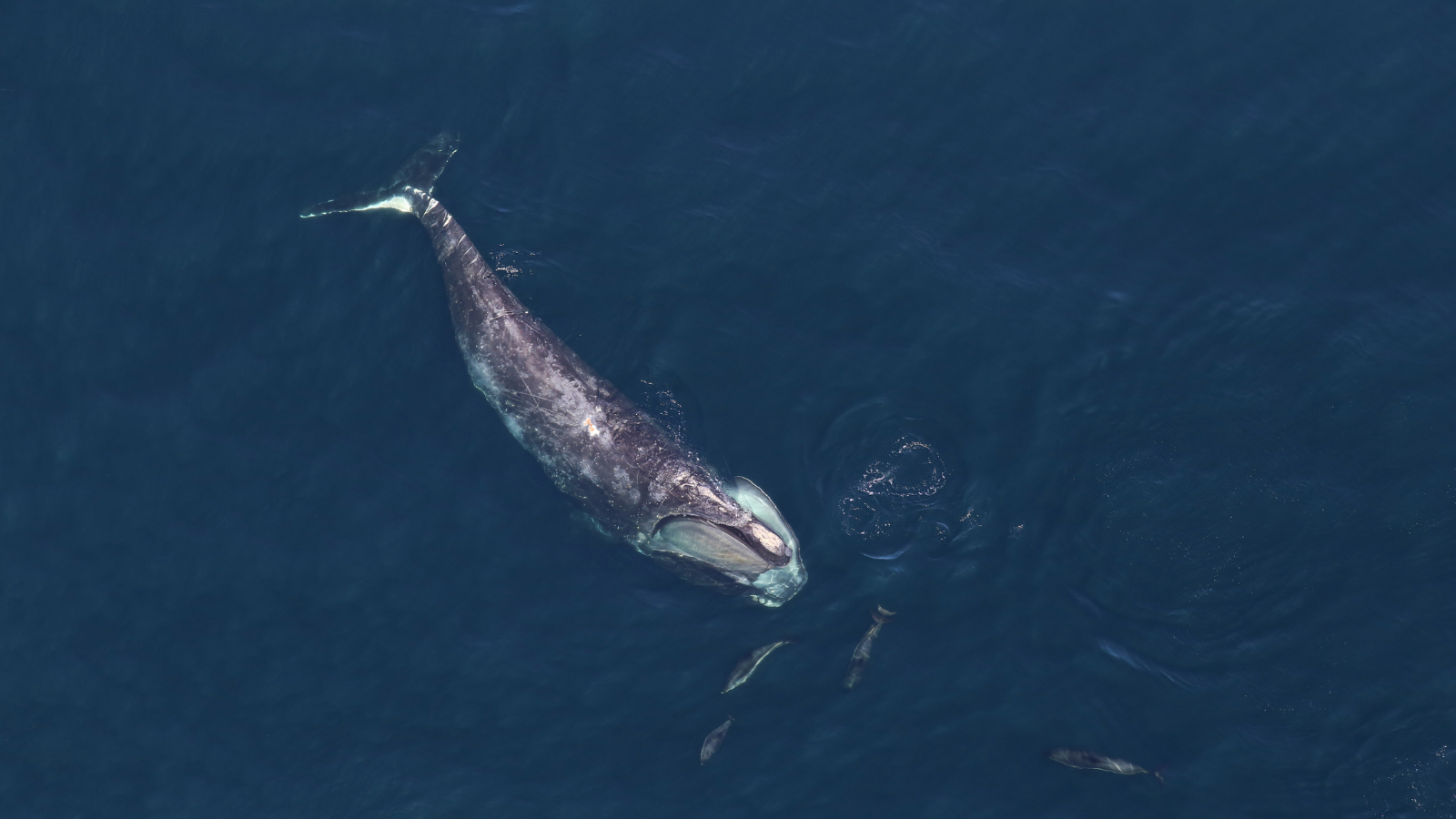
A great idea with sometimes flawed execution
What’s happening at Stellwagen starts with a brilliant idea.
The National Marine Sanctuary Act, passed by Congress in 1972, foresaw the establishment of a network of marine sanctuaries. Under the Act, the Secretary of Commerce (or Congress) could designate areas of “special national significance due to their conservation, recreational, ecological, historical, scientific, cultural, archeological, educational or esthetic qualities” as protected areas.
This Act sought to do for our underwater mountains, seagrass plains and kelp forests what we have long done on land. Just like we did for the Grand Canyon, Yellowstone and Yosemite, we were going to set aside the most unique and abundant wild ocean places to preserve them for wildlife and ourselves. And we were going to do it through an open and collaborative process that brought together stakeholders from industry groups, environmentalists and communities.
But the devil’s in the details, and for the Sanctuary program, too many of the program’s final management plans envisioned wildlife and habitat protections too weak to ensure the long-term health of the awesome seascapes they were trying to protect.
Ocean life at Stellwagen needs more help
Stellwagen Bank National Marine Sanctuary fell prey to this flaw. When it came time to balance human activities with the need to preserve the area for the humpback whales, seabirds and cod, the resulting compromise erred on the side of protecting our ability to use the Bank, rather than setting up systems that would ensure ongoing ecosystem health and abundance.
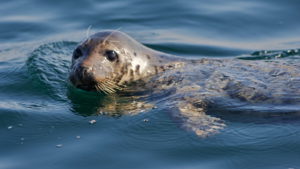
A harbor seal investigates the surface at Stellwagen Bank. Photo Credit: Elliott Hazen/NOAA Fisheries, Permit #14245Photo by Elliott Hazen/NOAA Fisheries | Public Domain
This decades-old decision is now coming home to roost: the Sanctuary’s most recent scientific review found that the health of much of the habitat within its boundaries was poor or in decline, with seafloor habitats in particular seeing unsustainable impacts from fishing gear. Some of the Bank’s most iconic inhabitants, whales, faced a bevy of threats, from entanglement to noise pollution.
Following the scientific review, Sanctuary managers had an opportunity to update rules and restrictions for human activities in and around the Bank. Alongside partners, we urged them to do so.
- We encouraged them to enact habitat protections to halt the decline seen in the scientific review.
- We asked them to encourage a more sustainable fishery and create rules that would create a healthier ecosystem. We also asked them to do more to ensure the overfished Atlantic cod can recover within the Sanctuary boundaries.
- We urged them to prioritize marine mammal conservation by mitigating fishing gear entanglements, noise and ecosystem degradation, all of which lead to stress on whales. We also urged them to reduce the risk of vessel strikes by slowing ships down where they could come into conflict with whales.
- We recommended that they move beyond monitoring the impacts of climate change on Sanctuary ecosystems, to creating rules that would mitigate some of the impacts.
But the management plan released last month failed to take any concrete steps towards a healthier and more sustainable Stellwagen Bank. Instead of making hard but necessary calls to slow ships down, create a plan to tackle noise pollution or change how the fishing industry can operate within the Sanctuary, the plan simply set forth new research and monitoring goals.
The result: we will have exquisite data documenting the continued decline of the habitat, of the whales that can’t hear one another and of the seabirds leaving the Bank in search of a better place to find food. We will be able to see, more clearly than ever, what we are doing to this place we call a sanctuary.
Reorienting our ocean sanctuaries
We shouldn’t allow the story of Stellwagen Bank to be one of slow but inevitable decline. We decided decades ago that this place deserved a future, and gave the Bank sanctuary status to ensure that we had the tools we needed to protect its wildlife and ecosystem. We need the Sanctuary managers to use these tools and forge a brighter future for this place we love.
We can act, and we should. Sanctuary managers shouldn’t be satisfied with another decade of watching whales struggle to communicate, seeing the seafloor scarred and the fish population thin.
The incredible places we’ve preserved under the Sanctuaries Act are irreplaceable by definition–it’s why they were protected in the first place. Just like Yellowstone or Yosemite, they are places generations of Americans should be able to visit and marvel at the beauty and wonder of nature.
In order to follow through on the promise of this great idea, we need to reorient our approach to Sanctuaries. It’s not enough to research and observe. We need to protect and conserve. Some places, like the Florida Keys and Channel Islands, have taken steps towards strong and necessary protections. We need all our Sanctuaries to follow their lead.
Our oceans and all the marine life swimming in the seas need the National Marine Sanctuary Act to live up to its potential. Let’s start by getting it right at Stellwagen Bank.
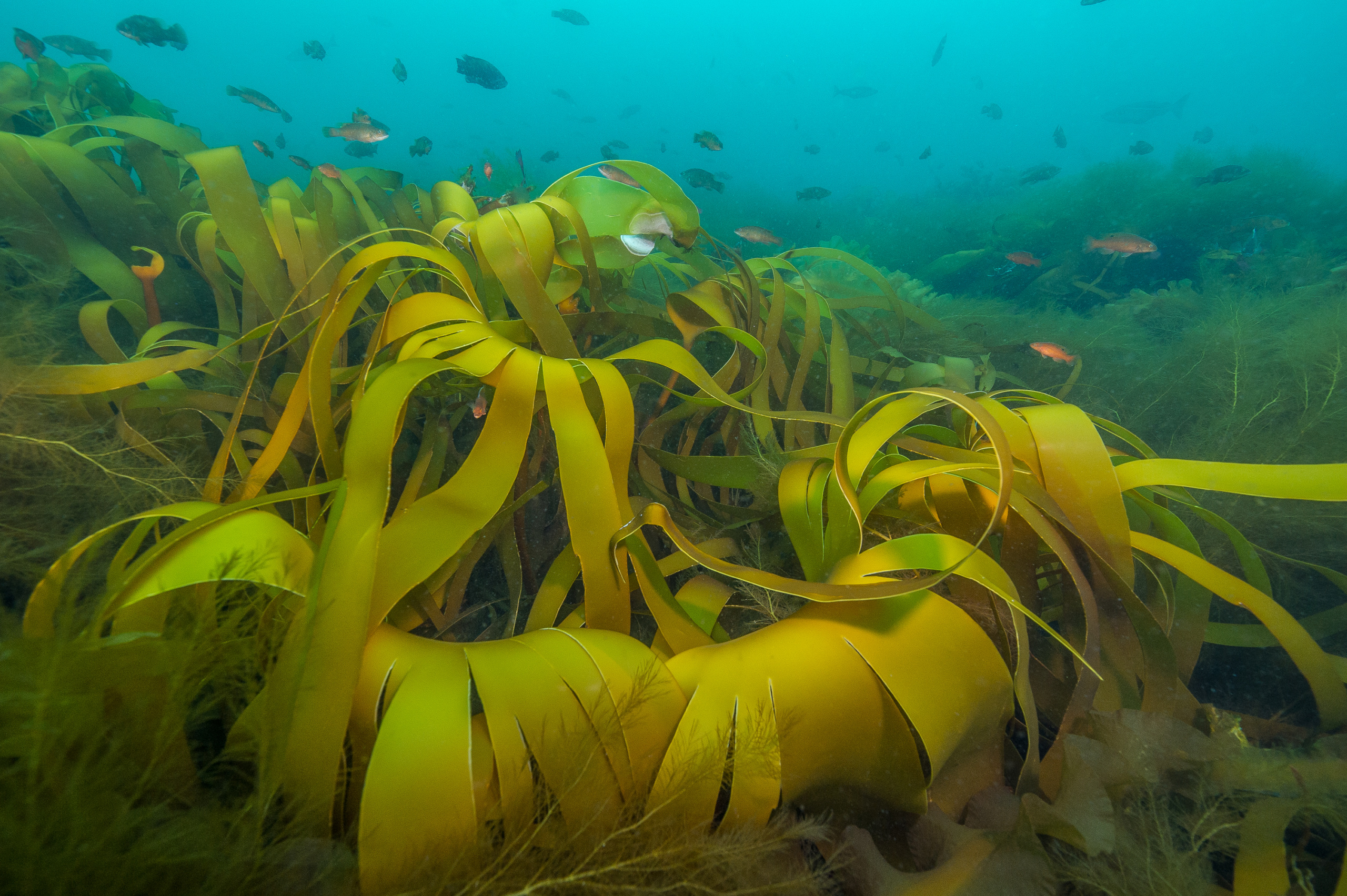
Why we need to protect New England’s ocean treasure
Topics
Authors
Kelsey Lamp
Director, Protect Our Oceans Campaign, Environment America Research & Policy Center
Kelsey directs Environment America's national campaigns to protect our oceans. Kelsey lives in Boston, where she enjoys cooking, reading and exploring the city.
Find Out More

A wave of youth ocean activism in Boston
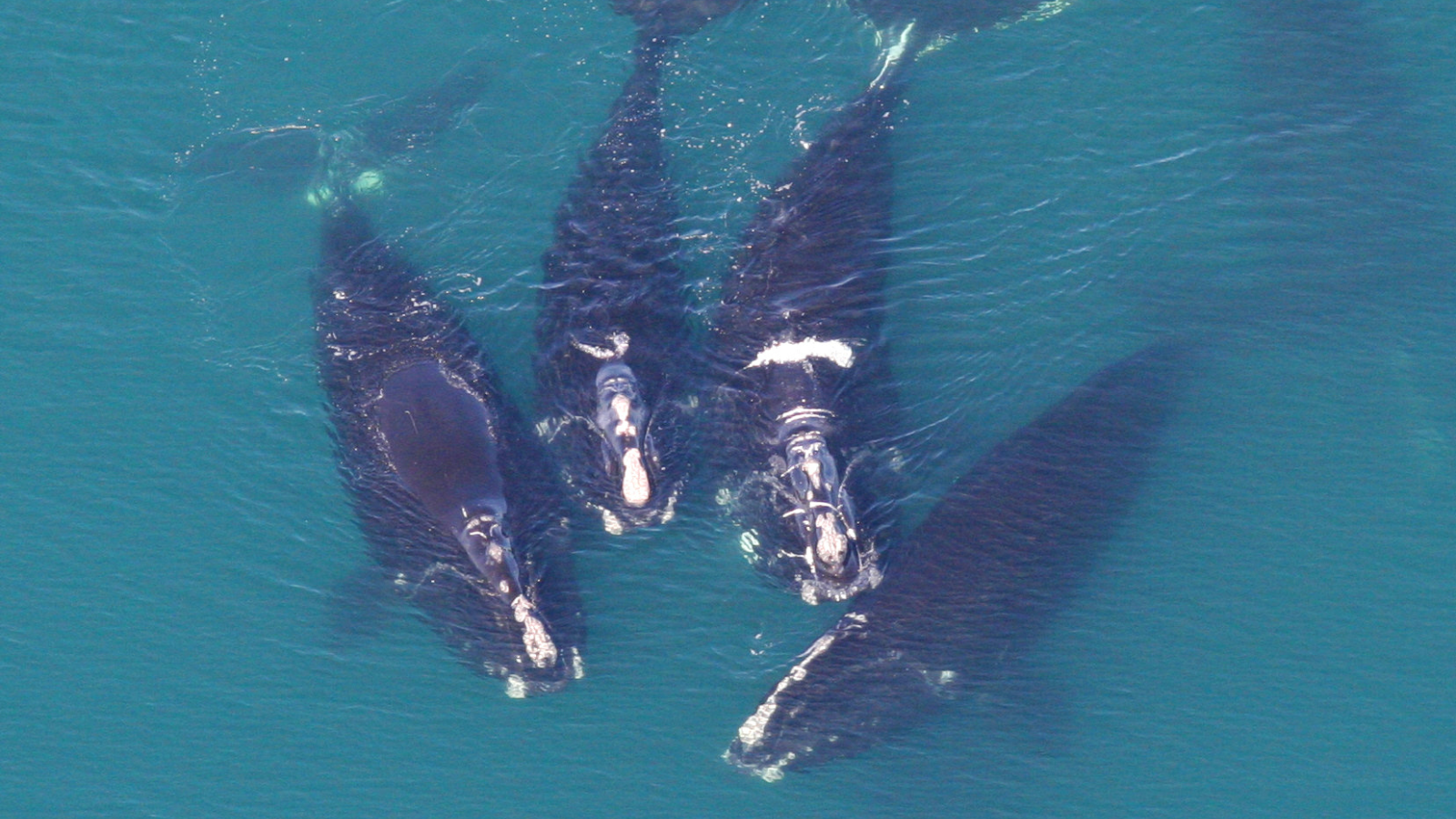
Save the Whales
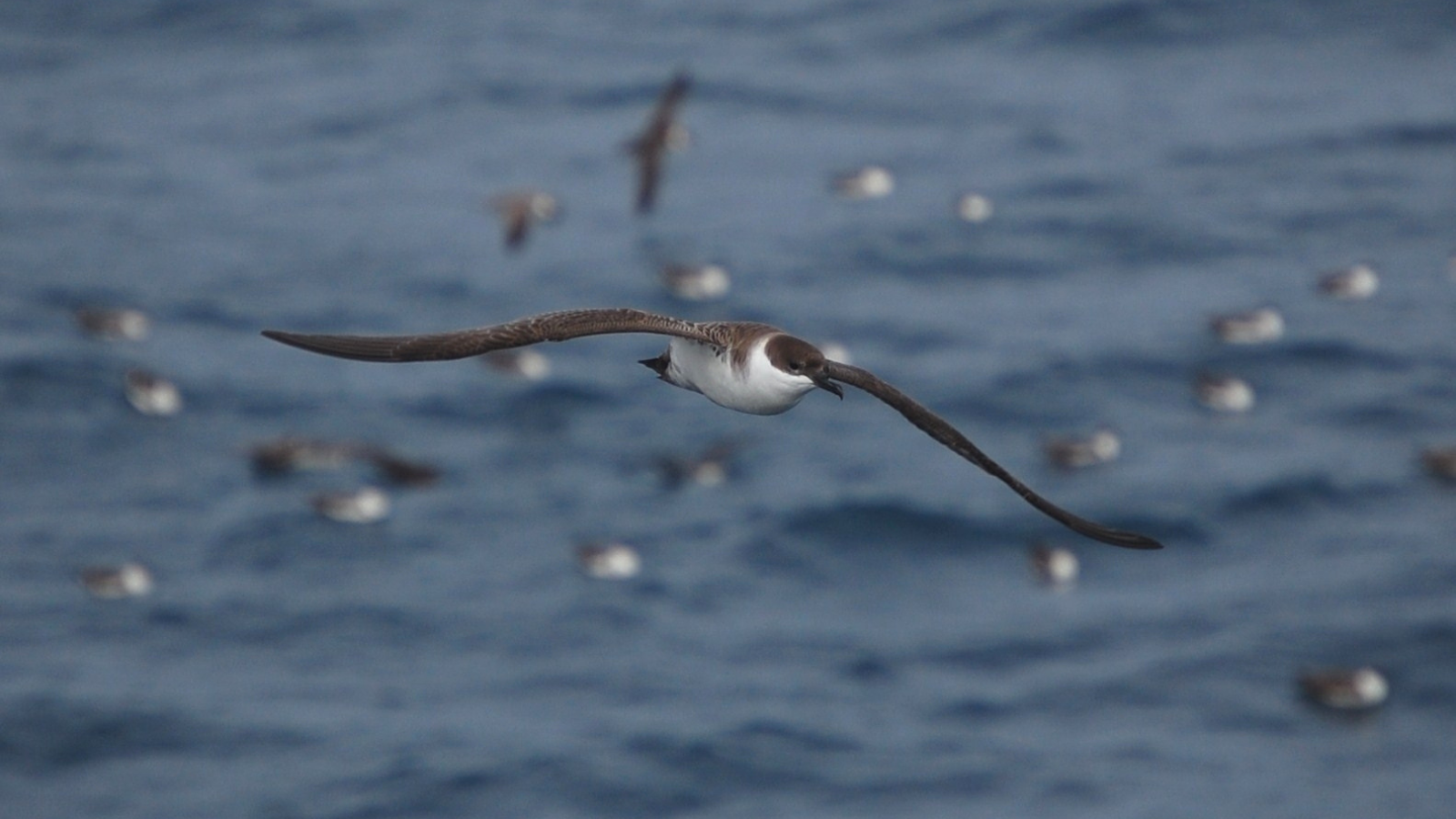
The seabirds you’ll see in the Gulf of Maine’s kelp forest
